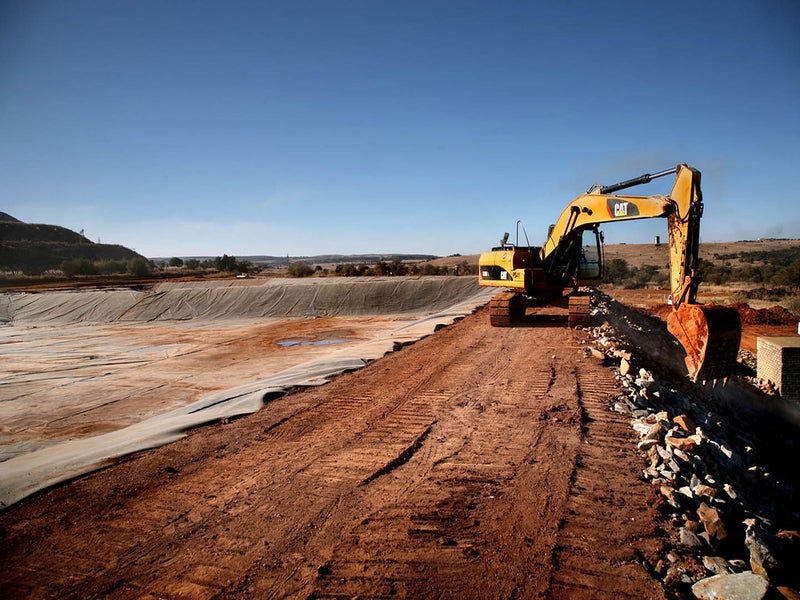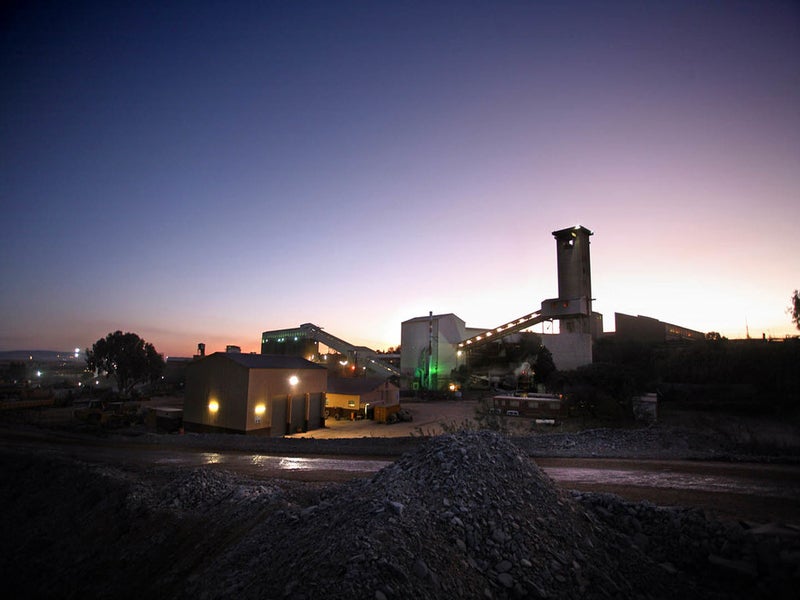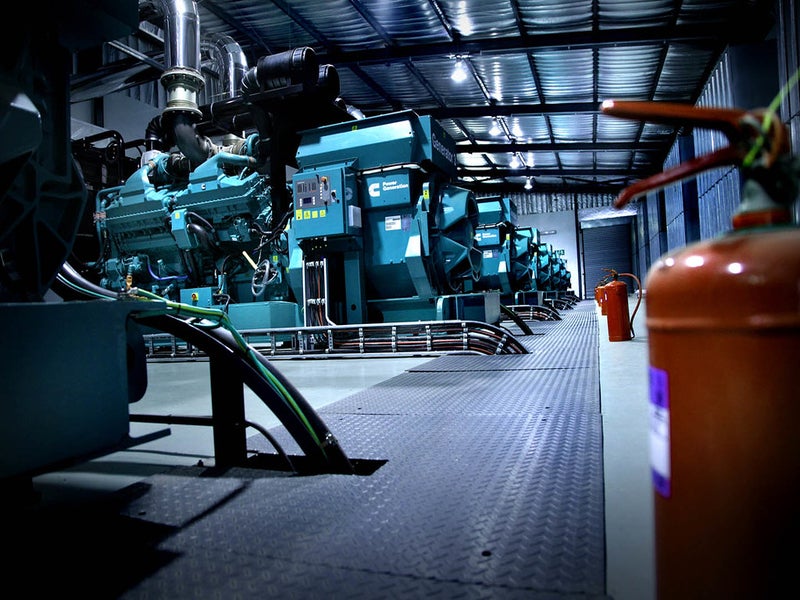The Kloof gold mine is an ultra-deep underground gold mining and processing operation located in the Gauteng province of South Africa. Sibanye-Stillwater, a multi-national precious metals mining company based in South Africa, is the owner and operator of the mine.
While mining activities in the project area are traced back to the late 19th century, the Kloof gold mine was established through the merger of several pre-existing operations including Ventersdorp, Libanon, Leeudoorn, and Kloof in 2000.
Gold Fields was the previous owner of the Kloof gold mine. Sibanye-Stillwater (formerly Sibanye Gold) became the owner and operator of the Kloof, Driefontein and Beatrix gold mines after Sibanye was formed as a separate company by spinning off Gold Fields’ subsidiary GFI Mining South Africa (GFIMSA) in February 2013.
Kloof’s mining right covers a total area of 20,087ha and is valid until January 2027. The current mineral reserves of the mine are expected to support production until 2033.
Production
Kloof stood as the biggest gold mine in South Africa by producing 352,000 ounces (oz) of gold in 2020.
It is one of the deepest mines in the world with its mining depth extending up to 3,347m below the surface. Sibanye-Stillwater targets to optimise mineral resources and maintain production levels at Kloof through mining secondary reefs and low-grade surface reserves.
Kloof gold mine location, geology and mineralisation
The Kloof gold project is located within the Far West Rand Goldfield of the Witwatersrand Basin, near Westonaria, Gauteng, approximately 70km west of Johannesburg.
Situated on the north-western edge of the Archaean-age Witwatersrand Basin, the gold mine lies between the West Rand Fault to the east that separates Kloof from the South Deep gold mine, and the Bank Fault to the west that separates Kloof from the Driefontein gold mine.
The Kloof ore bodies mainly comprise four gold-bearing reefs namely the Ventersdorp Contact Reef (VCR), the Middelvlei Reef (MVR), the Kloof Reef (KR), and the Libanon Reef (LR).
The VCR, located at the top of the Central Rand Group, is the main exploited reef accounting for 71% of ore mining at Kloof, while KR, MVR, and LR account for 18%, 9% and 2%, respectively.
Approximately 1% of Kloof’s total gold production also comes from low-grade surface rock dumps (SRDs).
Gold reserves at Kloof
The mine was estimated to hold 28.5 million tonnes (Mt) of ore reserves grading 5.1g/t gold as of December 2020. It included 22.6Mt of underground ore reserves grading 6.3g/t gold and 5.9Mt of surface ore reserves grading 0.3g/t gold.
The total contained gold reserves of the mine were estimated to be 4.7 million ounces (Moz),
The measured, indicated, and inferred ore resources of the Kloof gold mine are estimated to be 118.5Mt containing 32.9Moz of gold.
Mining and ore processing
The underground mining method is predominantly used for extracting ore from the mine, while limited SRD mining involving local haul dump (LHD) trucks is employed for extracting the surface ore.
The scattered-conventional breast mining method is deployed to extract up to 79% of underground ore, while the remaining 21% of underground ore is extracted through the pillars extraction method.
The extracted ore is sent to a nearby processing complex to produce gold. The processing complex comprises a 180 kilo tonnes per month (ktpm) carbon-in-leach (CIL) plant to treat SRD ore material and a 167ktpm carbon-in-pulp (CIP) plant to produce gold from underground and SRD ore material at an average recovery factor of 98%.
Infrastructure at the Kloof gold mine
The Kloof gold mine comprises seven vertical shaft complexes, of which five are being used for ore production and hoisting. One (shaft-9) of the remaining two shafts has been placed under care and maintenance with the other one (shaft-10) being used for pumping operation.
The hoisting capacities of the five operating shafts of the mine (shafts 1, 2, 3, 4, and 7) vary between 49ktpm and 115ktpm.
Shafts 4 and 8 are being expanded to support production from the mine until 2033, while shaft 3 is planned for permanent closure.
The mine has two tailings storage facilities (TSFs) with a combined storage capacity of 63.6Mt.





